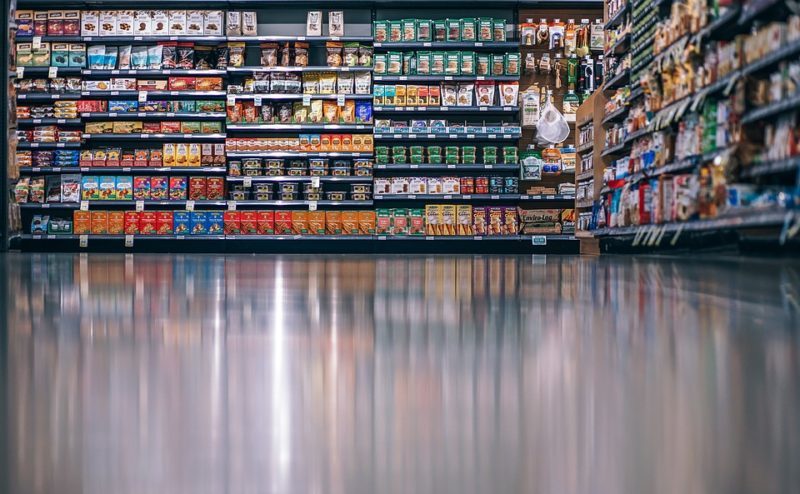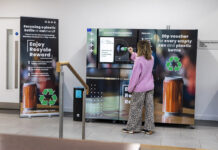
Anthony Debus, head of UK sales at aluminium packaging manufacturer Advanta, explains why more food technologists are applying a ‘treat the cause, not the symptoms’ mentality to the design and manufacture of food packaging.
CONSIDER this as an example. A food manufacturer is experiencing an unusual number of returns from the retailer, with complaints about damage and deformities in the products packaging.
To protect the product, adding reinforced secondary and tertiary protection in future deliveries would treat the symptoms, reducing the likelihood of dents by cushioning the products exterior. However, this wouldn’t treat the cause — insufficient primary packaging.
FROM FACTORY TO FOOD STORE
Primary packaging includes all packaging up to the point of sale. This could describe a ready meal tray, its plastic film and the cardboard sleeve. Secondary packaging, on the other hand, describes the wrapping used to group individual units during storage, transport and display. Finally, there’s the tertiary packaging used for transport purposes such as pallets, stretch wrap and strapping.
Reinforcing secondary packaging may protect the product during transit, but once the product has been unboxed, stocked and shelved, it is exposed to more potential damage on the supermarket aisle.
Today, food products spend more time on the supermarket shelves than ever before — thanks to extended shelf lives created by modified atmosphere packaging (MAP). This process is commonly carried out with meals contained in smoothwall aluminium trays and can extend the lifespan of a product by up to 200%.
While shelf life maximisation is highly beneficial to manufacturers, retailers and consumers, it does make products more vulnerable to damage — especially in a busy supermarket, with countless consumers inspecting ingredients. To completely protect a product, you must begin with primary packaging.
CHOOSING THE RIGHT PACKAGING
Strengthening the primary packaging of a product can be achieved by working closely with your packaging supplier to consider the most effective and protective size, shape and material options. For example, Advanta’s smoothwall aluminium trays are shatterproof, even when frozen, resulting in less damaged goods both in the factory, and in the supermarket.
By opting for robust primary containers, such as Advanta’s smoothwall aluminium trays, you can minimise the potential product damage, all the way from transit to checkout. That said, you should opt for strong and robust packaging that will last the products entire lifespan, even outside of the supermarket doors.
The smoothwall tray, for example, offers the consumer the ultimate convenience. The tray is designed to enable the consumer to take the product from the freezer, to the oven, and onto the table, all in the same tray. To manage all of this, the packaging needs to be strong.
Fixing weak packaging at the source results in less dependence on secondary and tertiary packaging to protect the product in transit. While secondary and tertiary packaging will still have their role in logistics, food companies that invest in primary packaging reap the benefits fewer returns cause by transport damage, and in-store handling.
Don’t treat the symptoms of your packaging problem. To fix the cause of the damage caused to your packaging in transit or on the shelf, contact Advanta’s food packaging experts on sales@advantapack.com.












